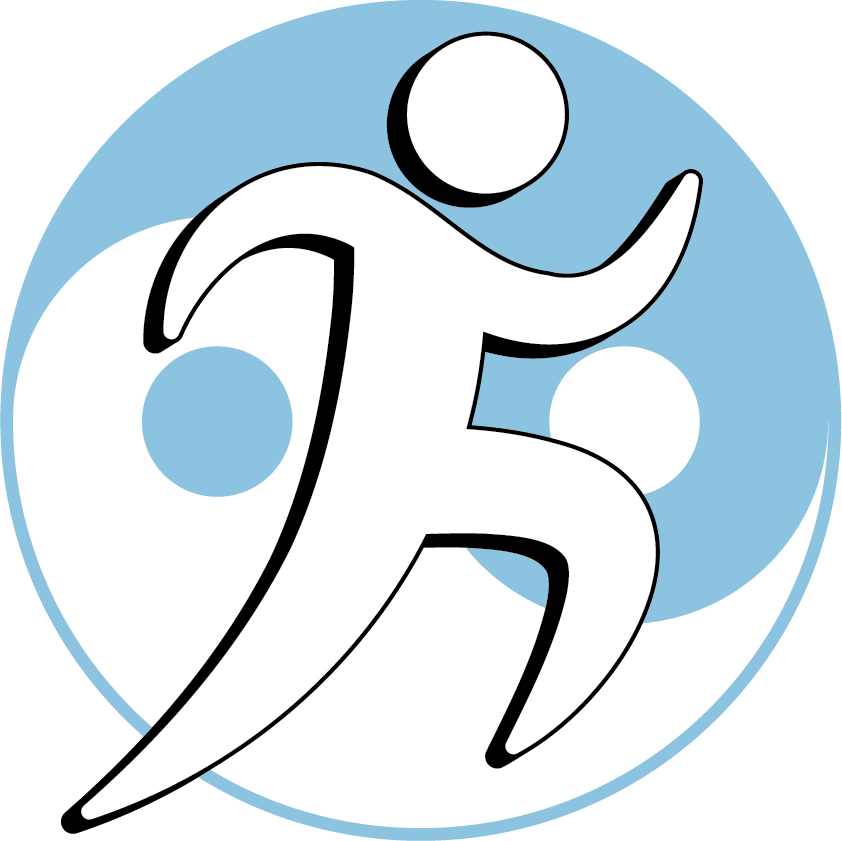Enhance your clinical skills through palpation, inspection and movement
With Instructor Jamie Bender L.Ac., DAOM
Precise knowledge of clinical anatomy and kinesiology, and orthopedic/myofascial palpation and inspection, and movement analysis skills, are all essential foundations for diagnosis, and for determining where--and where not--to needle.
This unique class prepares students to get the most from the Hip, Thigh, Knee module & Review/Practicum Lab.
Clinical anatomy and the jing-jin ("sinew meridians" or myofascial tracts)
- We will improve our abilities to accurately locate key bony landmarks, muscles, tendons, joints, neural and vascular tissues, through palpation on ourselves and each other, and through review of clinical anatomy.
- Through palpation, observation and movement exercises, we will explore functions of key muscles and their jing-jin associations, as well as functional vs. dysfunctional movement patterns.
- We will review safety considerations, including needling angle and depth, to avoid injuring the many critical structures in this body region.
Enhanced orthopedic palpation and inspection skills
- We will enhance our abilities to feel different tissue types and layers: skin, fascia, muscle, nerve, blood vessel, and bone, with both our hands and needle-tip sensation.
- We will practice inspection and palpation for tissue abnormalities including myofascial trigger points, tendinopathies and joint disorders.
Review of anatomical structure and kinesiologic function
Bony landmarks. Know anatomy, and in those cases indicated below, also know how to locate by palpation. Know which muscles attach to bony landmarks, if applicable.
- Ilium
-
-
-
- Anterior superior iliac spine (locate by palpation)
- Tensor fascia lata attachment
- Sartorius attachment
- Anterior inferior iliac spine (know anatomy; difficult to palpate)
- Quadriceps attachment
- Anterior superior iliac spine (locate by palpation)
-
-
- Ischium
-
-
-
- Ischial tuberosity (locate by palpation)
- Hamstrings attachment
- Ischial tuberosity (locate by palpation)
-
-
- Femur
-
-
- Greater trochanter (locate by palpation)
- Gluteal attachments
- Maximus
- Medius
- Minimus
- External rotator attachments
- Piriformis
- Quadratus femoris
- Gluteal attachments
- Lesser trochanter (know anatomy; difficult to palpate)
- Iliopsoas tendon attachment
- Greater trochanter (locate by palpation)
- Knee joints
- Tibio-femoral joints
- Medial compartment, tibio-femoral joint line
- Medial femoral condyle
- Gastrocnemius medial head attachment
- Pes anserinus
- Attachment of sartorius, semitendinosus, gracilis
- Tibial plateau, medial (cannot be palpated; know anatomy only)
- Tibial spine (cannot be palpated; know anatomy only)
- Medial femoral condyle
- Lateral compartment, tibio-femoral joint line
- Lateral femoral condyle
- Gastrocnemius lateral head attachment
- Tibial plateau, lateral (cannot be palpated; know anatomy only)
- Tubercle of Gerdy
- Iliotibial band distal attachment
- Lateral femoral condyle
- Medial compartment, tibio-femoral joint line
- Patello-femoral joint
- Patella
- Base
- Apex
- Medial facet (cannot be palpated; know anatomy only)
- Lateral facet (cannot be palpated; know anatomy only)
- Tibial tuberosity
- Quadriceps muscles and tendon attachment
- Patella
- Superior tibio-fibular jointline (In strict anatomical terms, this joint is part of the calf, however, as it presents clinically as lateral knee pain, it is covered in this class)
- Fibular head
- Tibio-femoral joints
-
- Myofascial structures that move and stabilize the hip and knee joints. Be able to locate by palpation; know attachments and primary functions.
-
- Multi-joint muscles (focus on actions on hip and knee joints)
- Iliopsoas
- Hamstring group
- Biceps femoris
- Semimembranosus
- Semitendonusus
- Rectus femoris
- Sartorius
- Gracilis
- Gastrocnemius
- Hip adductors
- Magnus
- Longus
- Brevis
- Pectineus
- Hip flexors (single joint)
- Tensor fascia lata
- Hip extensors (single joint)
- Gluteal group
- Maximus
- Medius
- Minimus
- Gluteal group
- Knee extensors (single joint)
- Vastus
- Lateralis
- Medialis
- Intermedius
- Vastus
- Knee flexors and rotators (single joint)
- Popliteus
- Multi-joint muscles (focus on actions on hip and knee joints)
- Neurovascular tracts and critical structures. Be able to locate by anatomical landmarks.
-
- Femoral artery
- Popliteal artery
- Sciatic and tibial nerves: course through hamstrings and popliteal fossa
